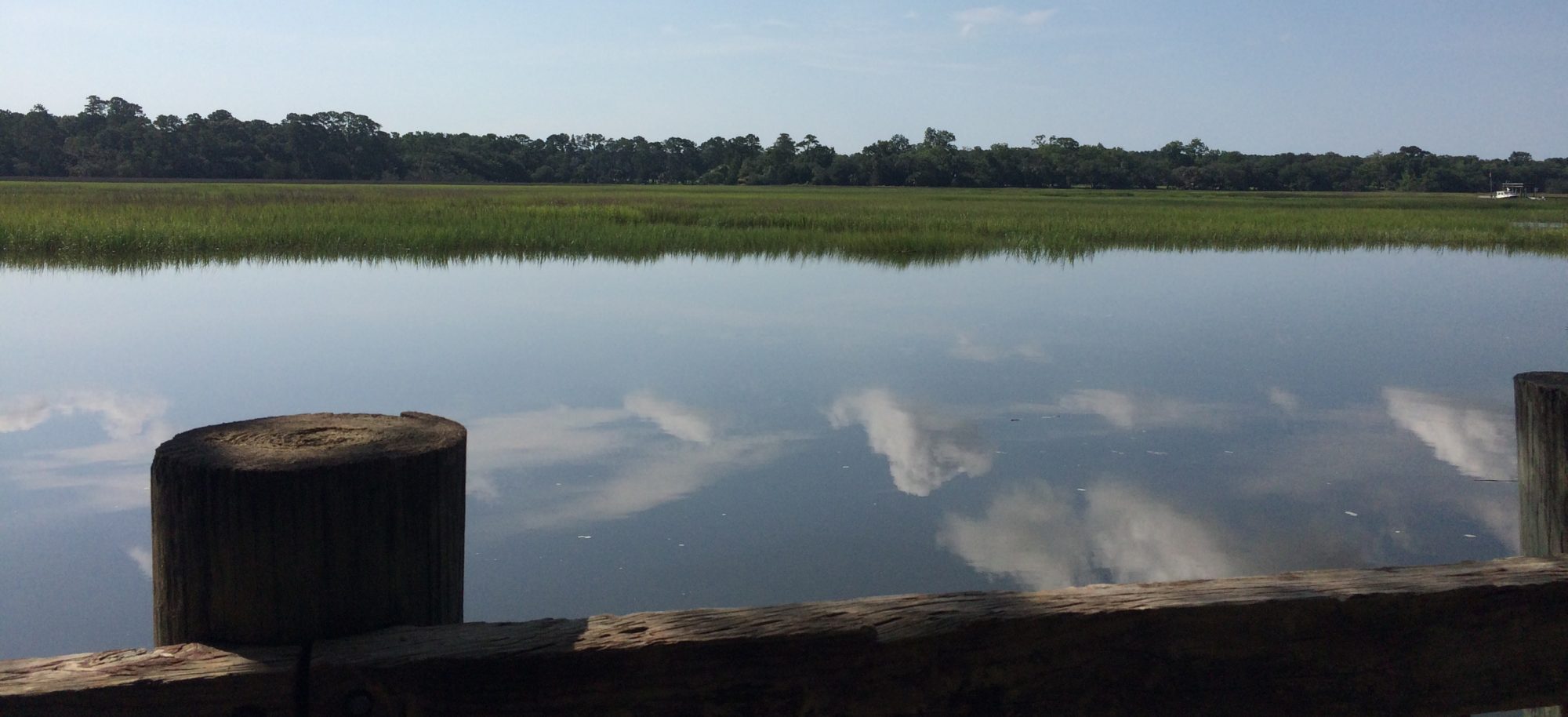In a gallery next to Bamboo Temple in Kunming, an artist said to be eighty-five years old asks us to write our names on a slip of paper. Brushing calligraphy for us on a sheet spread out in front of him, he adds a gender title and copies the English letters onto the painting below a red chop mark.
Ms. CAROLYN. He inserts the letters vertically, on the right.
Another column goes in below, Mr. JIM.
Our names look desperately out of place, chunks of Roman alphabet next to swirls of calligraphy. Tacky, it seems to me; aggressive marketing. We have been taken to uncounted “museums” of this type, run by the 51% government interest of the People’s Republic of China. We decline making a “donation to the temple.”
Our guide steps in. Taking the rolled paper from the artist with a slight bow, he hands it to us, declaring that the old man appreciates the chance to meet someone from America.
I carry it around all day, feeling more and more imposed upon. Back in our hotel for the evening, I crumple the thing and toss it into the wastebasket.
But something keeps bothering me. If we got his age right, the elderly artist was born five years after the end of China’s final dynasty. He would have lived through the Domestic (1911-1949) and Cultural (1966-1976) Revolutions. Who knows what he endured as an artist? More mundanely, it may be one of the better examples of Chinese marketing we will come across.
I retrieve it from the basket. The paper is soft, yielding, ivory colored. It smooths easily under my hand on the little wooden desk in our room.
Four large brushed characters, luminous black, one above the other, centered on the page next to our vertical English names. It is as if the two of us are visiting a poem.
I go back to my notebook to find the guide’s translation, scribbled beneath my brief account of the visit: “Flowers need water, people need love.”
